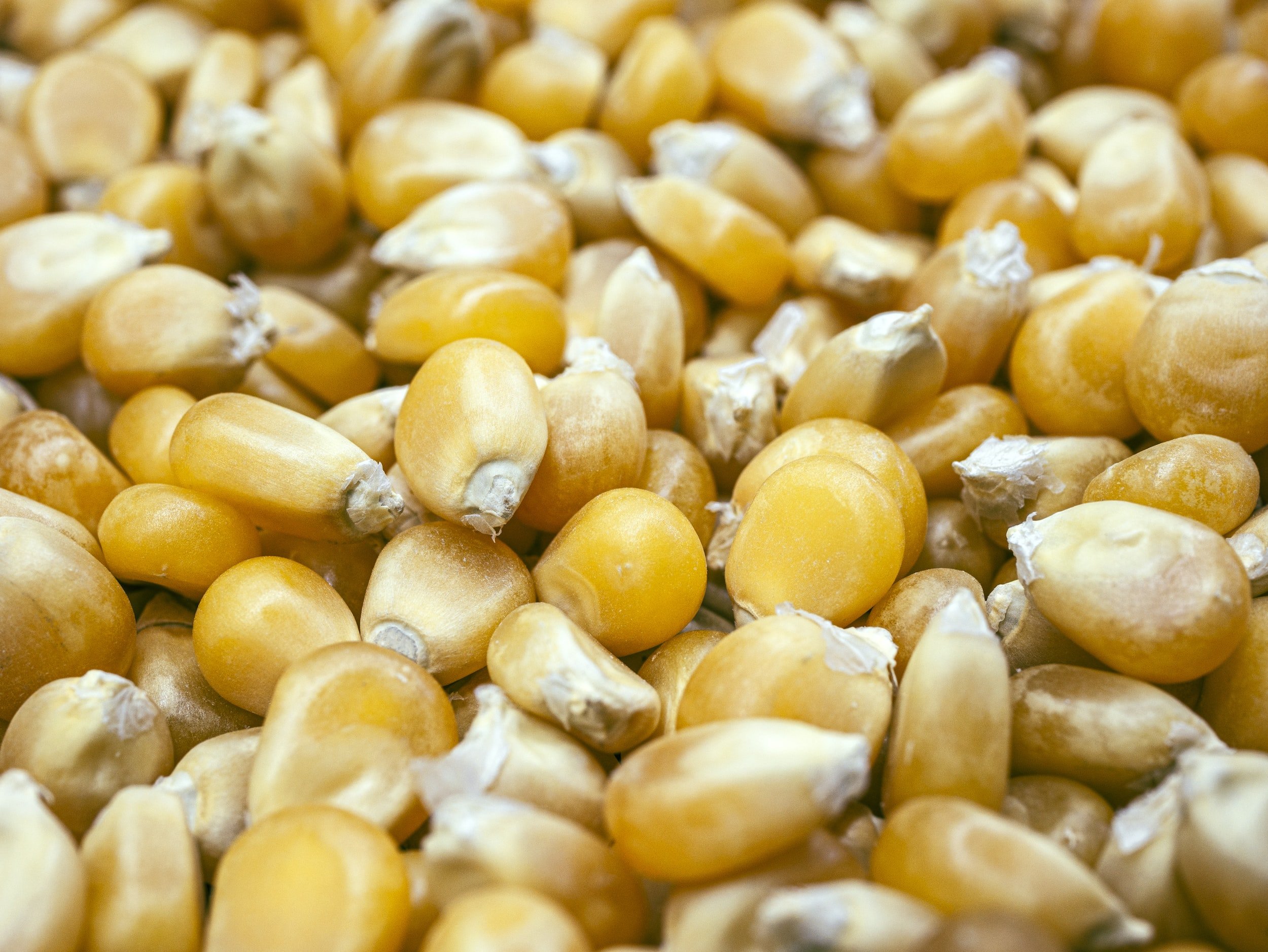
Yield Protection
Yield Protection provides protection against a loss in yield due to unavoidable, naturally occurring events.
Yield Protection (YP) is one of the plans offered under the Common Crop Insurance Policy Basic Provisions, along with Revenue Protection and Revenue Protection with Harvest Price Exclusion. Common Crop Insurance Policy plans focus on simplicity in terms of choices, resulting in clear understanding of the crop insurance product. Yield Protection provides protection against a loss in yield due to unavoidable, naturally occurring events. For most crops, that includes adverse weather, fire, insects, plant disease, wildlife, earthquake, volcanic eruption, and failure of the irrigation water supply. YP is available only for crops for which Revenue Protection is available but not selected. The coverage and exclusions of YP are similar to those for the APH plan of insurance. An indemnity is due when the value of the production to count is less than the yield protection guarantee.
-
Affected crops include wheat, barley (including malting barley), corn, grain sorghum, soybeans, cotton, rice, sunflowers, canola/rapeseed, cabbage, forage seeding, raisins, fresh market sweet corn, fresh market tomatoes, peppers, sugar beets, and onions.
-
Like the APH (Actual Production History) plan of insurance, YP guarantees a production yield based on the individual producer’s APH. Unlike the APH plan of coverage, a price for YP is established according to the crop’s applicable commodity board of trade/exchange as defined in the Commodity Exchange Price Provisions (CEPP). The projected price is used to determine the yield protection guarantee, premium, any replant payment, and the value of the production to count.
The price discovery period, release dates, board of trades utilized, and additional pricing information will be contained in the CEPP and is available at armt.com or rma.usda.gov.
-
ARPI includes provisions that require production reporting by a production reporting date at the conclusion of the current insurance year. The data collected via this production reporting assists in accurate and efficient operation of the area-based program. The requirements will add some administrative burden and costs to producers and insurance providers to maintain and submit production records that were not required under GRP and GRIP.
-
Management of yield and price risk through the purchase of crop insurance transfers risk from you to others. Crop insurance protects crop investment, borrowed capital, and current savings. Crop insurance also provides collateral to lending institutions, stabilizes income, and provides an added peace of mind.
For more information, consult your crop insurance agent to obtain specific information regarding practices, options, planting dates, and other deadlines. Read the Policy Provisions before making your decision on any crop insurance product. Policy Provisions are available from your insurance agent.
